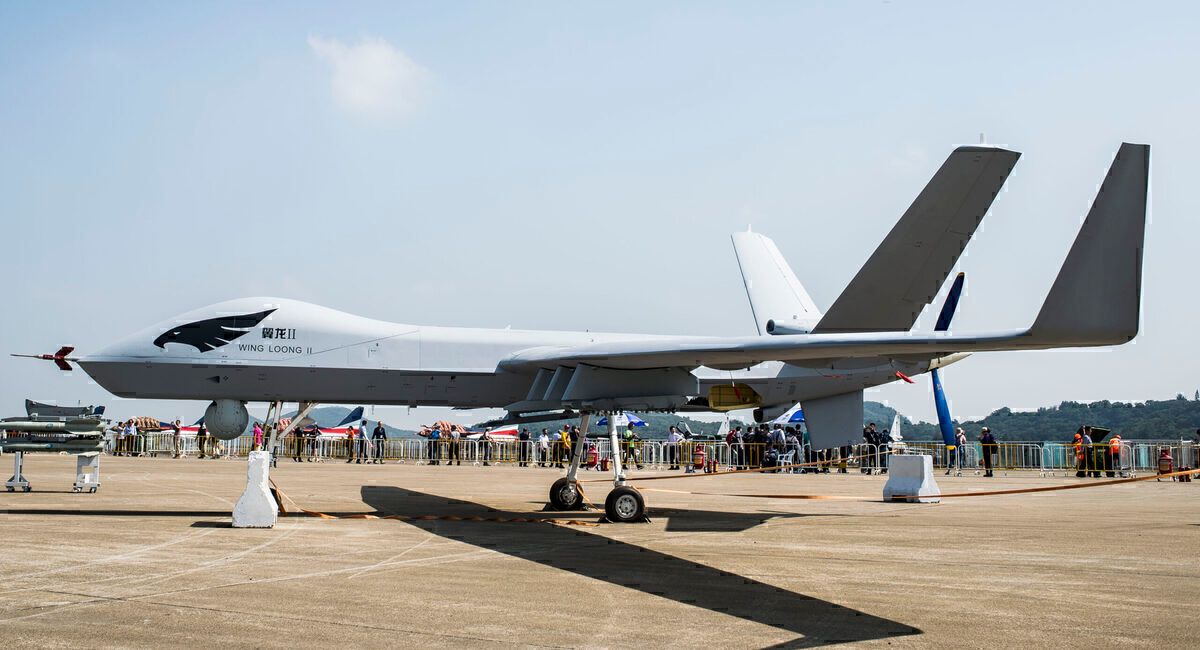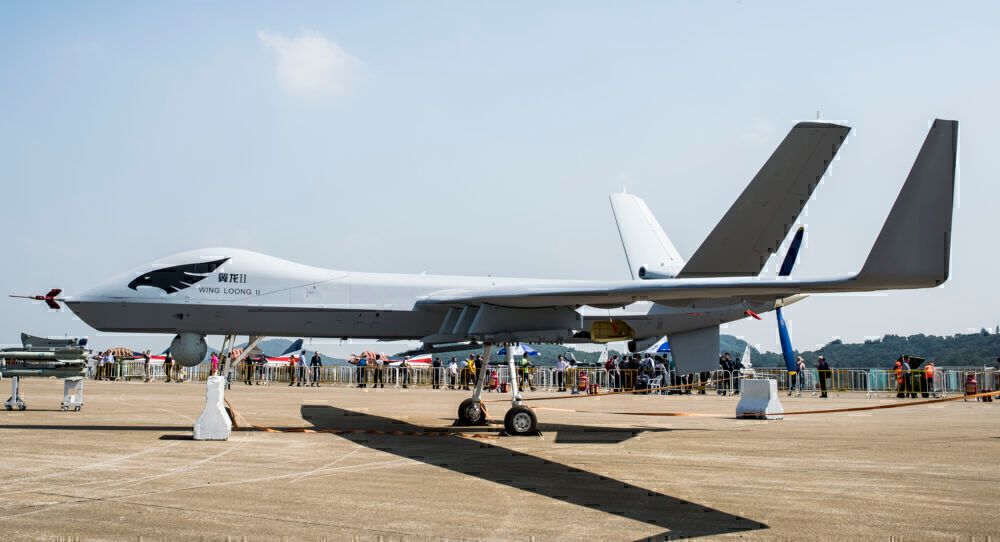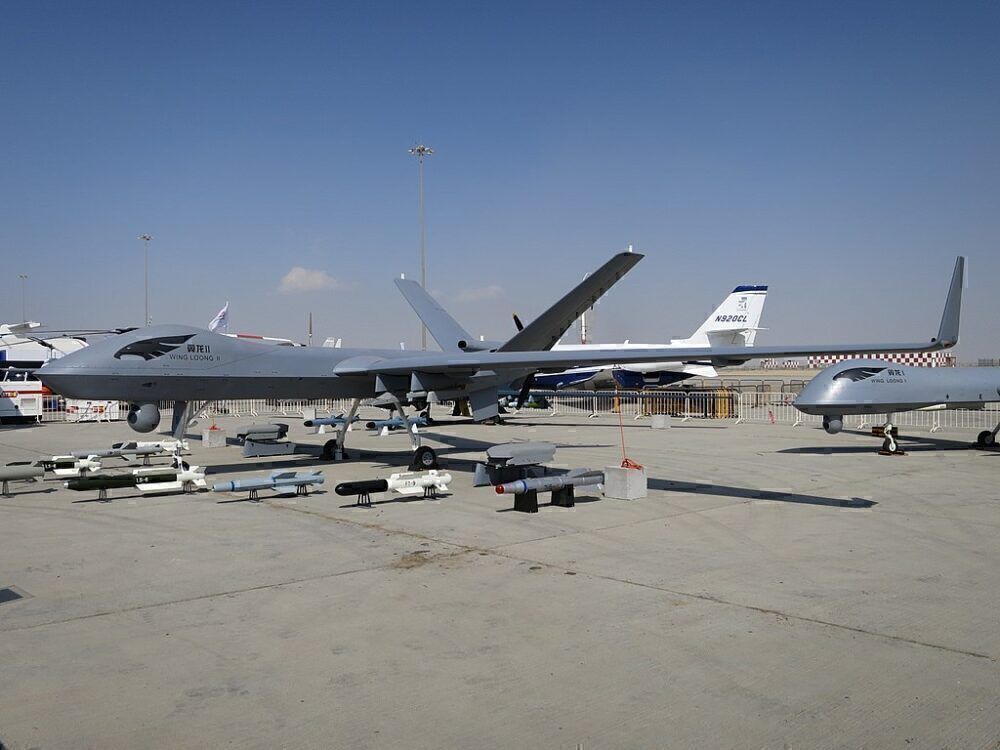China is deploying an unmanned air vehicle (UAV) to help generate rainfall in some of the nation’s arid regions. Yesterday, the Ganlin-1, an Aviation Industry Corporation of China (AVIC) Wing Loong II variant made its maiden flight and it is configured to modify the weather through cloud seeding.
Appealing features
According to FlightGlobal, the aircraft flew for 40 minutes during its maiden flight. Notably, it conducted atmospheric detection and catalyst spreading to create precipitation. Moreover, the unit managed to de-ice itself with the process. The plane left Jinchuan Airport at 15:24 to begin its mission. China hopes that the dry Gansu Province in the northwest of the country will benefit from the artificial precipitation.
Ganlin-1 was developed by the Gansu Meteorological Bureau, Chengdu Aircraft Design, Research Institute of AVIC, and AVIC (Chengdu) Unmanned Aircraft System Company. AVIC was founded in 1993 and is a Chinese state-owned aerospace and defense powerhouse headquartered in the capital of Beijing.
The organization exported its 50th Wing Loong II UAV last month. There are several countries that are keen to deploy the UAV. The likes of Saudi Arabia, Turkmenistan, and Egypt are all fans of the type. The series has been integral in several military missions with features such as its electro-optical (EO) surveillance/targeting system and synthetic aperture radar.
Providing solutions
The plane is an upgraded variant of the Wing Loong. It made its first flight in February 2017 and has provisions for up to twelve air-to-surface missiles. Additionally, it has a maximum take-off weight of 4,200 kg and a top speed of 230 mph.
The cloud seeding process can be categorized into two aspects - aerial and ground-based. The aerial cloud seeding procedure involves transferring seeding chemicals to the cloud by using aircraft such as two-seater aircraft or helicopters. Meanwhile, ground-based cloud seeding sees the dispersing of a seeding agent from the ground to the cloud by using ground-based generators. While the ground process is cheaper, it is not as effective as the aerial process.
ResearchGate summarizes the approach with the following:
"Cloud seeding is a process to modify the clouds to produce rainfall. It is a common practice in some countries that experience El-nino phenomena which come with bad hazes and drought in long duration, such as Malaysia. Generally, cloud seeding process is done by using small aircrafts, which is costly and dangerous to the pilots. Thus, the use of Unmanned Aerial Vehicle (UAV), which is a pilotless aircraft, can be a solution for the implementation of cloud seeding process."
A modern approach
There have been debates about cloud seething's impact on the atmosphere in recent years. Some groups feel that it could damage the environment while others have played down the negative consequences. Nonetheless, this is a process that many governments already implement. So, while it's going on, there are fewer risks to workers and an increase in effectiveness with the deployment of UAVs.
What are your thoughts about the use of UAVs to cause rainfall in certain areas? Are you concerned about this process at all? Let us know what you think of the procedure in the comment section.




